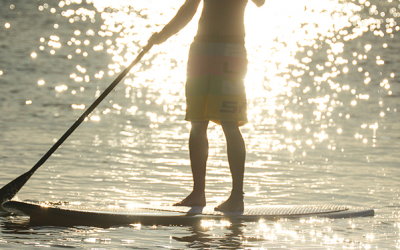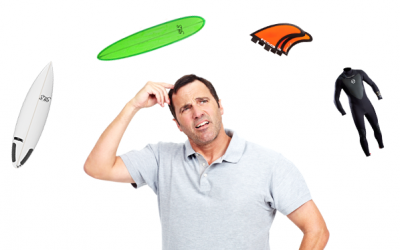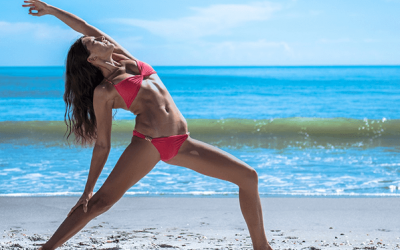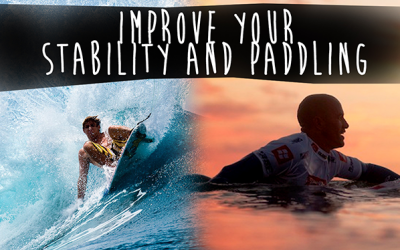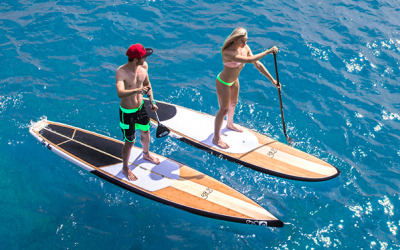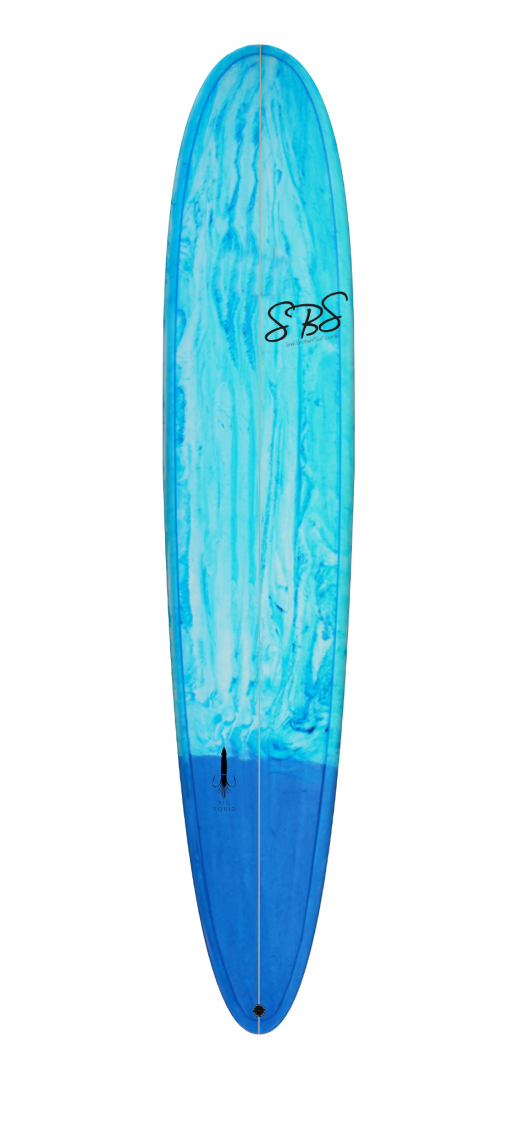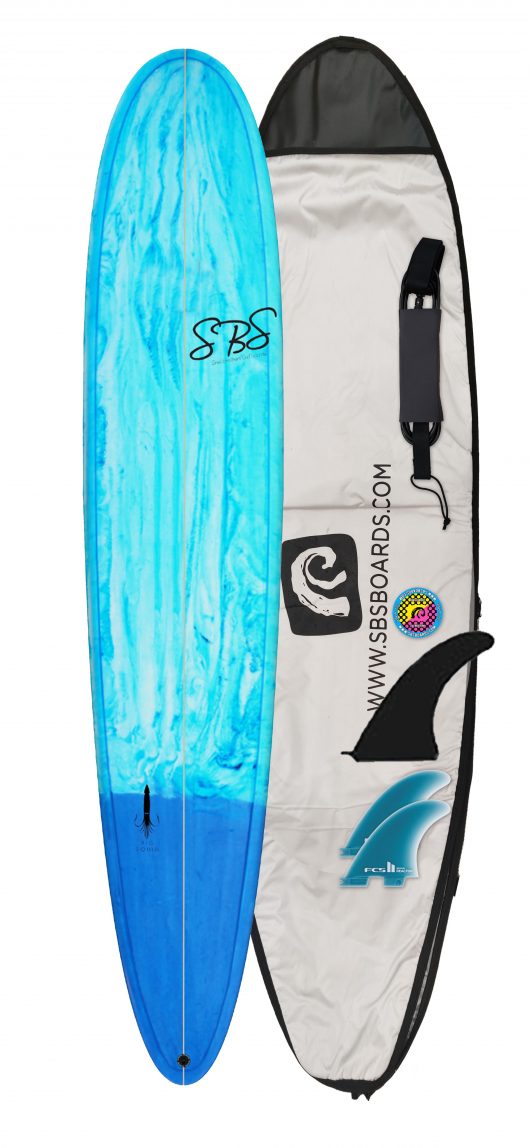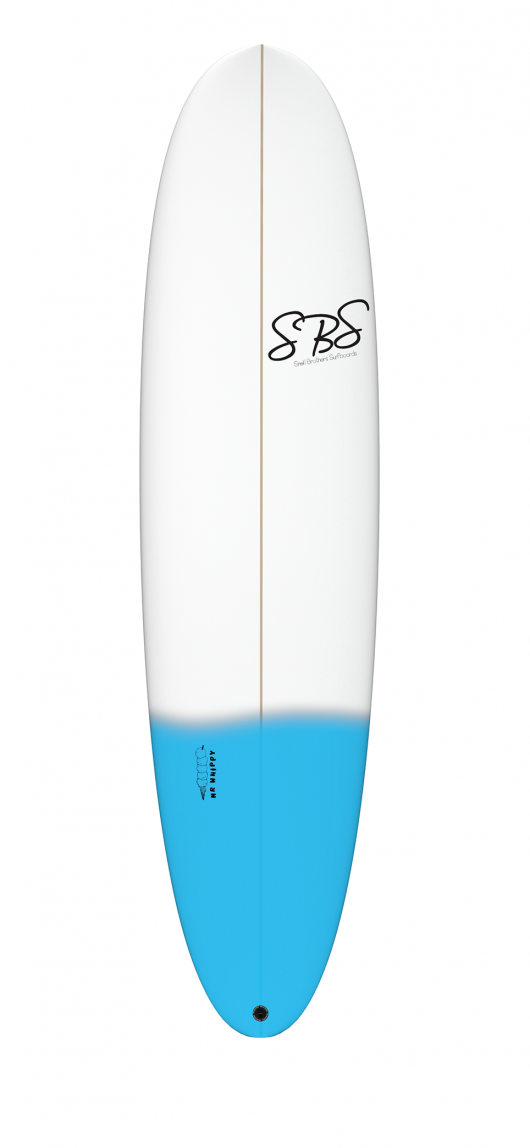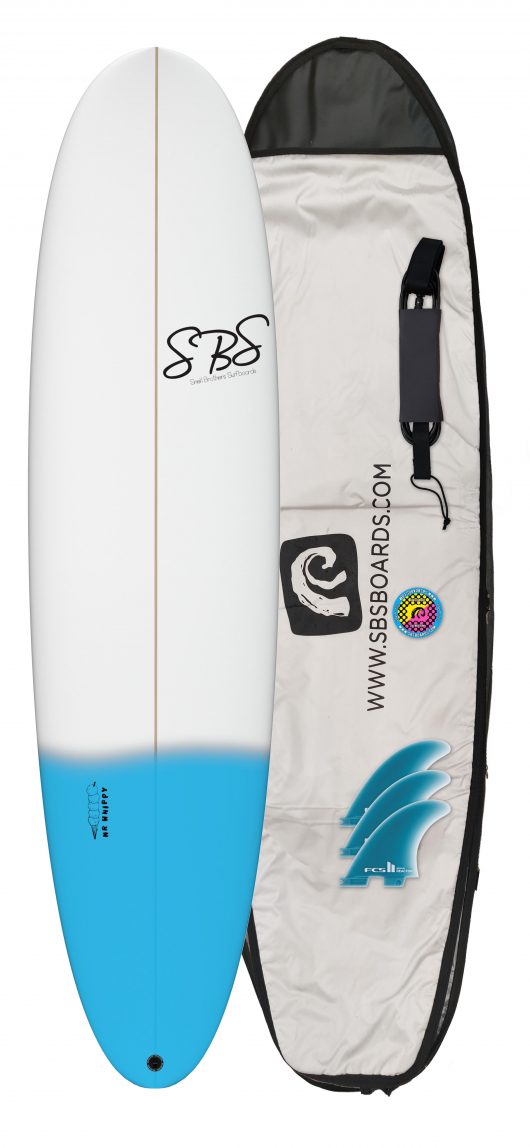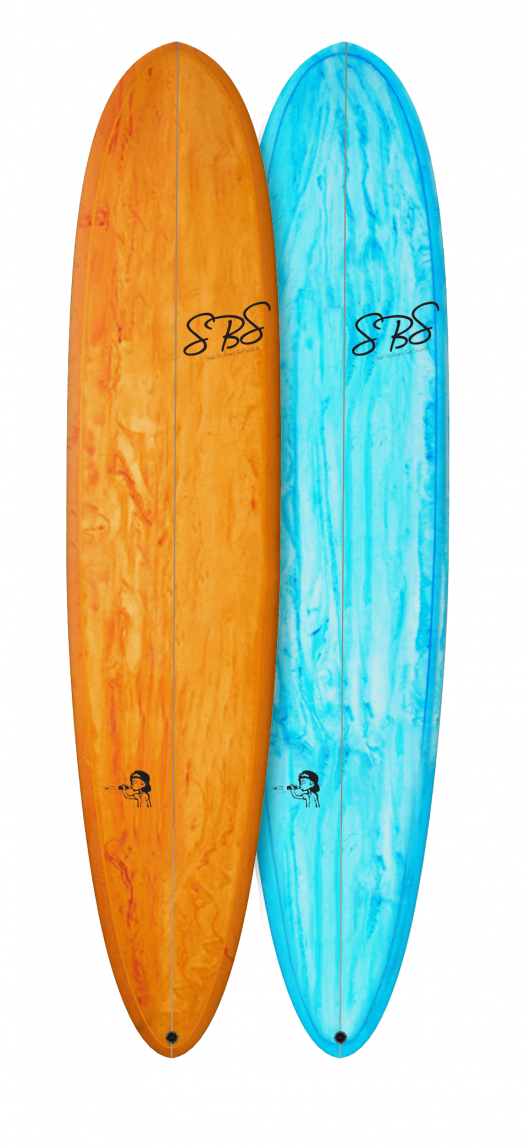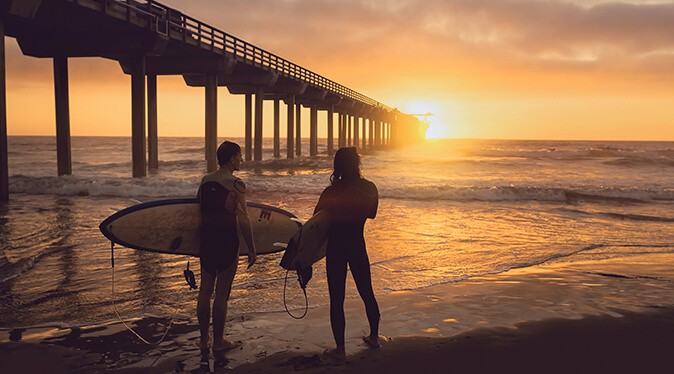
Surfing is without a doubt one of, if not the coolest sport on the planet, so it comes as no surprise to know that the worldwide surfing population is increasing more than ever. This inevitably means more people in the water trying to catch waves, surfing has long had a set of rules and etiquette to follow in the water to help reduce injury and help all water users get along. The following are 10 of the most basic rules and etiquette on how to behave in the water, if you are a beginner it’s a great idea to take note as these rules are almost universally adhered to and will help a lot in your progression in surfing.
(1) Have fun
It comes without saying but if you’re not having fun you’re not surfing, the infamous quote stating the best surfer in the water is the one having the most fun. This couldn’t be truer, as is your having fun smiling and enjoying the surf you’re going to give off great vibe in the lineup and spread the positivity.
(2) Know who has Right of Way
To help stop confusion in the lineup, drop ins and nasty collision it’s important to know who has the right to the wave the basic rule is, the surfer closest to the “peak of the wave has the right of way. Basicity the person closest to the white water peak/lip as it breaks has priority. When paddling for a wave always look both ways to see if someone else is on it. The surfer on the shoulder or further down the line should always give way to a surfer already on the wave. It is possible at some beach to have a split peak where surfers take off at the same time in different directions (one surfer goes left, one surfer goes right). This requires communication to ensure clarity on the other surfer intentions
(3) Never, Ever Drop In
Probably one of the worst things you can do in a line up as dropping in is not only dangerous for both surfers but also creates bad vibes and tension. “Dropping in” is where the surfer closest to the peak “inside” has the right of way and another surfer further down the wave takes off in front of them dropping in on the wave. Drop ins have caused a lot of injuries in surfing and are especially dangerous, in bigger conditions. They usually increase the chance of boards hitting, leashes getting tangled and physical contact is made. Usually resulting in the wave is wasted. Stay smart and aware, that way everyone can enjoy the waves. Don’t drop in
(4) Don’t Snake
You don’t ever want to be that surf knows for snaking waves from people “Snaking” is when a surfer in the lineup paddles around someone in order to have the right of way or be closer to the peak. Again not cool for line-up vibes this is usually seen as “stealing a wave” from under the surfer’s nose. Good thing to avoid
(5) Paddle Out Smart
Depending on where you surf, may depend on the style of the paddle out point break/ reef/ beach. Don’t paddle out straight through the centre of the rideable waves as this will usually cause frustration for the surfers riding the waves as well as cause a collision. On a classic beach break or sport with multiple peaks, make sure to paddle out in the flatter sections or in between sets whilst there is a lull in the waves. To avoid being hit by another surfer paddle wide or paddle into the white water in the opposite direction the surfer is travelling this will help to keep your fingers and toes intact.
(6) Say Sorry
As surfer we are all trying to catch that elusive wave or get one more ride in before we go back to normality, so at some point you will accidentally drop in or you will get in someone’s way It’s going t happens we are all human so if you know you’re in the wrong apologise and say sorry respectfully and a mistake and respectfully apologize and don’t do it again.
(7) Never let go of your Board
If you’re on your own or surfing in the most crowded place it shouldn’t matter good surfing etiquette should always be used, letting you board go at any point can in danger other surfers/water users as well, as yourself. Holding on to your board is not only a respectful consideration for others but a legitimate skill for a surfer’s. It is dangerous to others, especially in a crowded lineup if you find you can’t hold on to your board then you should probably go back to smaller waves and work on the basics
(8) Learning takes time
when beginning your career in surfing everyone know it takes time to master the basic movements, not to mention gain knowledge about currents, rips breaks and wave knowledge, keeping this in mind chose waves and conditions right for your ability as if you a beginner heading out into a busy line up on a 6 foot perfect day probably isn’t the best idea for everyone’s safety leave that for the more experienced surfers and use the lesser quality waves (smaller/white-water|). As these will be perfect to hone your skill early on
(9) Share the waves / No Prejudice
If you have ever been out surfing and there are 1-2 guys catching all the waves, or there seems to be the same long border, SUPer, body boarder or kayaker on every wave it can be frustrating and sometimes push people to be aggressive and drop in creating hostility in the water. The best surf days are the ones where everyone takes it in turns and are friendly and respectful, chatting laughing and encouraging each other by sharing, regardless of ability or craft. Just because you have the ability to catch-all the waves, doesn’t mean you should. :
(10) Have Respect
Having respect for the other surfer in the water is one thing but respect for your environment and the place your surf is more important than anything. whether it be keeping the litter off the beach or using more organic products, leaving an environment in as good or better condition to when you found it is the very soul and roots of surfing so help keep it clean respect the marine life and you have the most fun in the ocean.
Related Posts
How To Paddle a Stand Up Paddleboard “SUP”
How to Paddle a Stand Up Paddleboard Basic Paddleboarding strokes One of the most basic parts of stand up paddle boarding is the paddling it allows you to move around in the water at speed and control. Making sure that you get the most form every stroke will...
Beginners Guide to Buying a Surfboard
Beginners guide to choosing the right surfboard So you got the bug and you decided to buy your first surfboard you have a couple of goes and looking to make that first purchase and commit to the surfing life style, but what one to buy?, One of the most common...
Best Stretches for Surfers
BEST STRETCHES FOR SURFERSStretching Stretching before and especial after a surf session is vital for getting the best out of your surfing performance, The best stretches for surfers should help in a range of movements as well as better long-term contractions of your...
Top 20 Surfing Exercises for Paddling & Stability
Top 20 Surfing Exercises for Paddling and Stability Nothing prepares you for surfing fitness better than surfing itself. There are however, a few things you can do to keep the right muscles in working order and help you surf longer with more power. The following...
Beginners Guide to Surf Safety & Surf Etiquette
Beginners guide to Surf Safety & Surf Etiquette Learning to Surf is one of the most fun and life changing experiences you can have, and for lots of people journey that can last a life time. But before you start it’s really important to have a basic understanding...
Beginner’s Guide to Stand Up Paddle boarding (SUP)
Beginner’s Guide to - Stand Up Paddle Board Gettting Started Stand up paddle boarding (SUP) is one of the fastest growing sports in the UK. Its popularity is due to fun and relaxing nature of the activity, accessible to all. Its also a great way to give...

